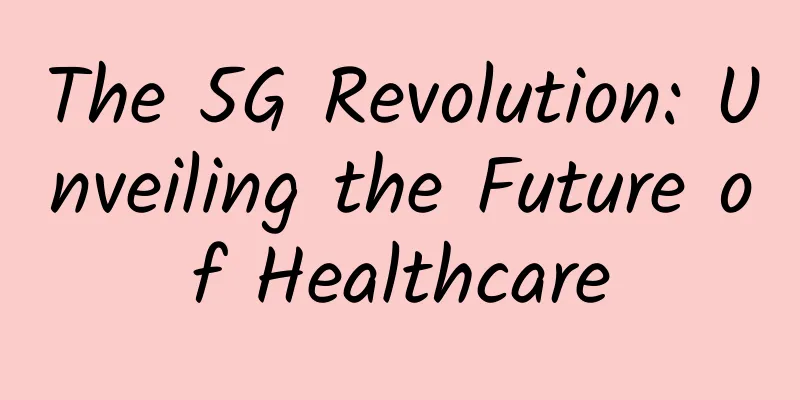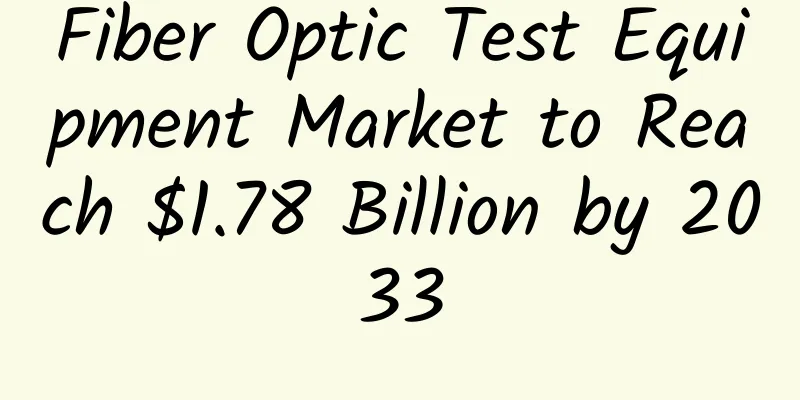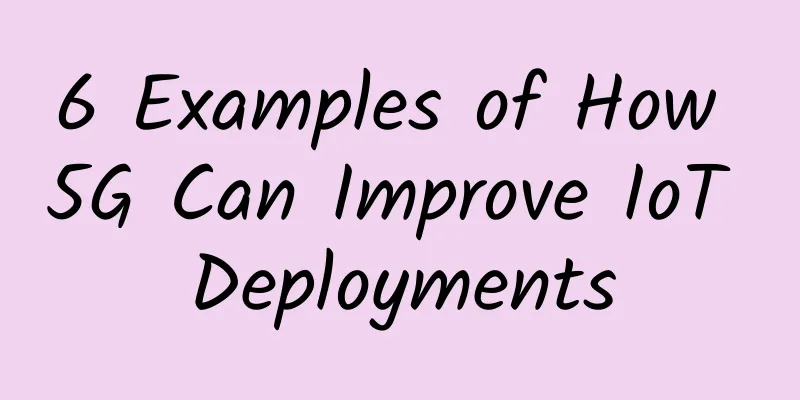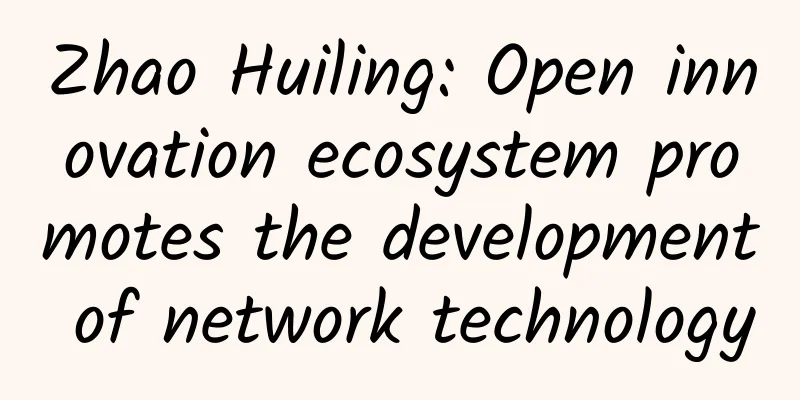The 5G Revolution: Unveiling the Future of Healthcare

|
Evan Kirstel, Chief Digital Evangelist and Co-Founder of EViRaI, an influencer and analyst with a passion for the innovative intersection of technology and healthcare, discusses an incredible development that is set to transform the healthcare experience: the introduction and implementation of 5G networks within hospitals. What is 5G?Before we dive into this exciting revolution, let's briefly cover what 5G is, for those who may not be familiar with the term. 5G stands for fifth generation wireless technology. It promises faster data speeds, lower latency (i.e. less delay in data transmission), and greater connectivity. When most of us hear "5G," we think of superfast downloads, HD streaming, and lightning-fast internet browsing. But the impact of 5G goes far beyond our smartphones and into one area where it could save lives: hospitals. The power of 5G in healthcareNow, you might be asking, “Why does healthcare need 5G?” The answer lies not only in the speeds 5G offers, but also its capacity and latency. With 5G, we’re talking about a network that can handle a vast number of devices with less than a millisecond of latency, compared to about 70 milliseconds for 4G networks. This makes 5G a game-changer for the healthcare industry, enabling the development of “smart” hospitals, facilitating remote telesurgery, and enabling doctors to receive a patient’s vital signs and medical history the moment they walk through the door, all thanks to wearables and sensors. The potential of 5G in healthcare is enormous. As the U.S. health system embraces more personalized medicine, it opens the door to faster, more accurate diagnoses and allows for the sharing of vast amounts of genomic data. In addition, it promises to further advance telemedicine, accelerate the adoption of virtual reality and artificial intelligence, and enable the explosive growth of internet-connected devices known as the Internet of Things (IoT). The future is hereAlthough people are just beginning their 5G journey, the adoption of 5G devices is expected to accelerate rapidly. This is not just a hypothesis, but a reality that has already taken shape. Cleveland Clinic is preparing to launch its first fully 5G-enabled facility this summer. The facility will be built on 5G and will serve as a platform to launch new ideas and innovations in the field of medical technology. The magic of 5G in practiceImagine doctors being able to see the layers beneath the skin before making the first incision. This practice has never been approved before because 4G technology simply couldn't carry that much information. Now, with 5G, we are entering a new era of precision and efficiency that can enable further explosions in telemedicine, virtual reality, artificial intelligence, and internet-connected devices, or the Internet of Things. Imagine a patient in a rural area with few healthcare providers receiving emergency surgery from a doctor in another part of the country using on-site robotic tools and a customized internet connection. This is the transformative power of 5G in healthcare – making healthcare more accessible and efficient, no matter where you are. But it’s not just about patients in the hospital. Patients riding in ambulances can have internal bleeding checked via ultrasound, with the results sent directly and securely to the doctor before arrival. Patients admitted to the hospital will be able to move more freely and return home more easily thanks to remote monitoring devices. This removes the need to be tied to specific areas of a building, allowing us to focus more on patient care and less on logistics. In other words, distance no longer matters. Adoption around the worldIt’s not just the United States that is embracing 5G in healthcare. Across the globe, the 5G revolution in healthcare is accelerating. For example, China has the world’s first dedicated 5G medical network and announced in 2019 that it would become the standard of the future. During the COVID-19 pandemic, they built 20 fully 5G-enabled cabin hospitals, demonstrating 5G’s potential to address urgent medical needs and crises. Overcoming challengesDespite the huge potential of 5G in healthcare, the road to full implementation is not without its challenges. One of the main obstacles is adding 5G to older hospital buildings that weren’t designed for it. 5G signals are more easily blocked by common objects like thick concrete walls, which many older hospital buildings have. Additionally, while 5G technology is available almost everywhere today, not all buildings can use it at its fastest capacity. Additionally, not everyone in the healthcare industry fully understands the importance of 5G, nor does everyone know what they can do with it. It is estimated that about 20% of US hospitals have added some 5G connectivity, but few are fully utilizing this capacity. This emphasizes the need for more knowledge on how 5G can help them realize the future and deliver care in an ideal way. But as awareness and understanding grow, it is expected that within five years, most healthcare organizations will realize that 5G is the best option. The Road to 5GThe potential of 5G to revolutionize healthcare delivery cannot be overstated. There will certainly be challenges along the way, but the future is undeniably exciting. The shift to 5G is more than just a technology upgrade; it’s a step toward a world of more efficient, personalized, and convenient healthcare. |
<<: Large-scale commercial use is imminent! What will be the future development of 5G messaging?
>>: Performance improvements of Http/2 compared to Http/1.1
Recommend
What is the difference between FTP and SFTP?
In actual project development, the most commonly ...
Huawei Cloud Managed Campus Solution Accelerates Enterprise Digital Transformation by Saving OPEX by 87% in Three Years
[51CTO.com original article] In the digital age, ...
Mobile phone roaming has finally become history, what about IoT roaming?
As early as this year's "Two Sessions&qu...
Huawei releases "Premium Private Line 2.0 & Intelligent Distributed Access" solution
[Beijing, China, October 15] In September this ye...
5G is coming! How much does a 5G phone cost? Do you know the 5G charging standards?
[[267637]] On June 6, China officially issued 5G ...
RAKsmart: Dedicated servers from $20/first month, high-security servers from $79/month, cluster servers/1~40G high-bandwidth servers, etc.
RAKsmart launched the "New Year's Big Di...
50% off spinservers: San Jose data center starting at $19/month, dual core, 8G memory, 200G SSD, 10TB monthly traffic
In addition to dedicated servers, spinservers'...
SDN/NFV/CLOUD is too complex and AI and 5G accelerate the reconstruction of the network
Just like decoration in life, during the decorati...
Ministry of Industry and Information Technology: my country breaks through 5G key technologies and commercial equipment will be launched before the end of the year
According to CCTV reports, at the 2018 5G Summit ...
Counterpoint data shows the future of 5G in 2020
2019 is a crucial year for the mobile phone indus...
Let's talk about NAT protocol???
Hey everyone, this is cxuan. Today we are going t...
Why TCP/IP is a threat to the Internet of Things
This article is reproduced from the WeChat public...
Visit the exhibition area without leaving home and experience Huawei's 5G technology beyond your imagination
[51CTO.com original article] Not long ago, Huawei...
What is a Computer Network Hub?
Quick definition: A computer network hub is a lay...
LisaHost adds home broadband VPS with native US IP, optional AS9929 or 4837 lines
Recently, I have seen many friends looking for ho...









